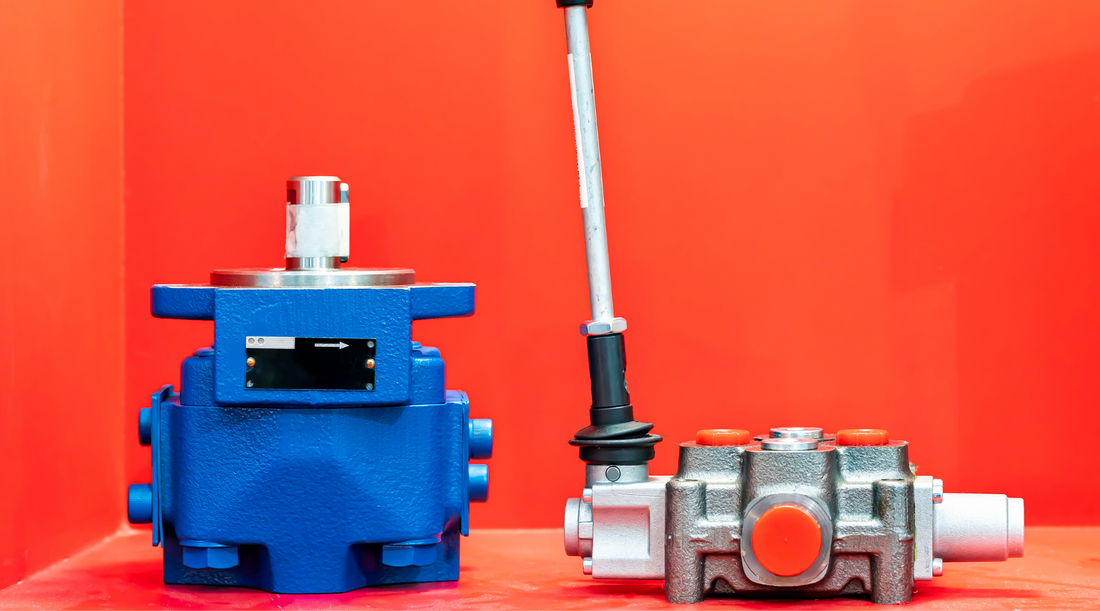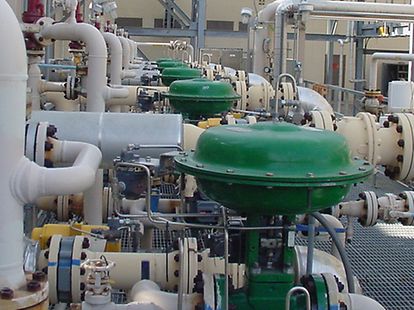Enhancing Functional Performance with Advanced Control Valves
Enhancing Functional Performance with Advanced Control Valves
Blog Article
Achieve Seamless Combination and Control With High Quality Building Automation Controls
In the world of modern-day building administration, the significance of top quality structure automation controls can not be overstated. Accepting high quality building automation controls is not merely a matter of comfort yet a tactical necessary for organizations intending to enhance their facilities' performance and sustainability.

Development of Building Automation Controls
Throughout the previous few years, the development of constructing automation controls has dramatically transformed the means structures are managed and run. Initially, constructing automation systems mainly focused on fundamental functions such as managing ventilation, air, and home heating conditioning (HVAC) systems. Nonetheless, as modern technology advanced, these controls have become more sophisticated, allowing for a broader variety of building systems to be incorporated and taken care of centrally.
The evolution of developing automation controls has actually seen a shift in the direction of more smart systems that can adjust to changing conditions in real-time. This versatility is essential for enhancing power effectiveness and making certain occupant comfort. Furthermore, contemporary structure automation controls now supply features such as anticipating upkeep, remote tracking, and information analytics, allowing facility managers to make data-driven decisions to boost structure performance.

Advantages of Top Quality Combination
The advancement in building automation manages in the direction of more smart systems has actually emphasized the considerable benefits of top quality integration in optimizing building operations and improving total performance. This central control also offers much better exposure and insights into structure performance, allowing positive upkeep and optimization strategies. Overall, the benefits of high quality integration in structure automation controls are undeniable, offering enhanced efficiency, comfort, and operational effectiveness.
Enhanced User Experience and Access
Enhancing user interaction with building automation regulates via instinctive layout and boosted availability raises the general experience for passengers and center managers alike. By concentrating on user experience, building automation systems can become a lot more effective and user-friendly. Intuitive user interfaces, clear navigation, and customizable setups encourage customers to interact with the controls easily and successfully.
Accessibility functions play an important duty in ensuring that all individuals, consisting of those with specials needs, can use the building automation controls easily. Including functions such as voice commands, tactile buttons, and color-contrasted displays can improve availability and make the controls a lot more inclusive.
Moreover, enhanced user experience leads to greater user complete satisfaction, increased performance, and much better decision-making. Residents can adjust ecological settings according to their choices, while facility managers can visit site successfully keep an eye on and manage structure systems - control valves. Generally, prioritizing customer experience and availability in building automation regulates contributes to a more smooth and effective structure atmosphere for all stakeholders included
Sustainable Practices Through Automation

In addition, automation can help with the combination of eco-friendly power resources such as solar panels or wind turbines into building operations. Through automation, buildings can line up with modern-day sustainability objectives and contribute to a greener useful site future.
Future Trends in Building Control Systems
In anticipation of advancing innovations and advancing sustainability techniques, the trajectory of structure control systems is positioned to accept transformative methods and innovative solutions. One prominent trend forming the future of structure control systems is the raised assimilation of Artificial Intelligence (AI) and artificial intelligence. These modern technologies make it possible for structures to adapt in real-time to changing problems, optimizing power usage and improving convenience for owners. In addition, the Net of Things (IoT) is reinventing building control systems by connecting devices and sensing units to boost and enhance operations efficiency.
An additional essential fad check this site out is the emphasis on cybersecurity measures to secure against prospective risks to constructing automation systems. As structures end up being more interconnected, guaranteeing durable cybersecurity procedures will be necessary to guard sensitive data and avoid unapproved accessibility.
Furthermore, the shift towards cloud-based platforms is gaining energy, permitting centralized control and remote access to structure systems. This promotes much easier monitoring, upkeep, and updates, improving the total efficiency and flexibility of building control systems. As innovation proceeds to breakthrough, these trends are expected to shape the future landscape of building automation controls, driving advancement and sustainability in the developed environment.
Conclusion
Future trends in structure control systems are most likely to focus on additional enhancing automation capabilities for boosted energy effectiveness and general performance. It is vital for building proprietors and operators to focus on the fostering of quality structure automation regulates to optimize building procedures and accomplish long-lasting sustainability goals.
In the world of contemporary building administration, the significance of quality structure automation controls can not be overstated. On the whole, the development of building automation controls proceeds to drive development in the structure management industry, offering brand-new possibilities for developing smarter and more lasting buildings.
The advancement in building automation regulates in the direction of more intelligent systems has actually emphasized the substantial advantages of top quality combination in optimizing building procedures and enhancing total performance. In general, focusing on user experience and access in building automation regulates contributes to an extra productive and seamless structure setting for all stakeholders involved.
It is crucial for structure owners and operators to focus on the adoption of high quality structure automation controls to enhance structure procedures and achieve long-term sustainability goals. - control valves
Report this page